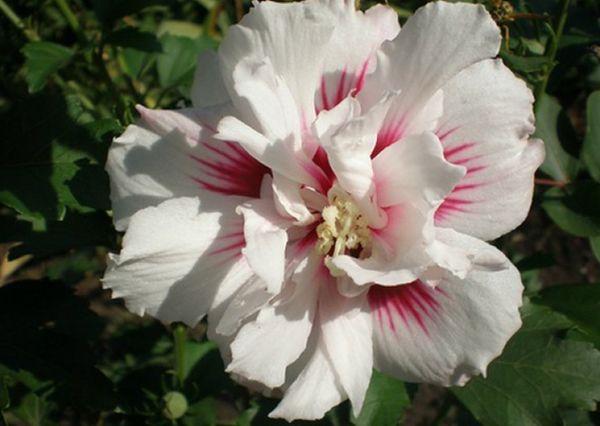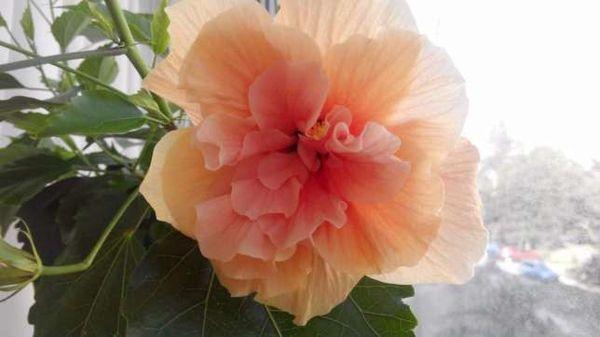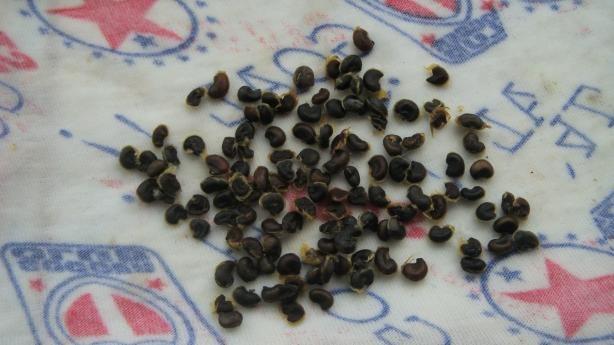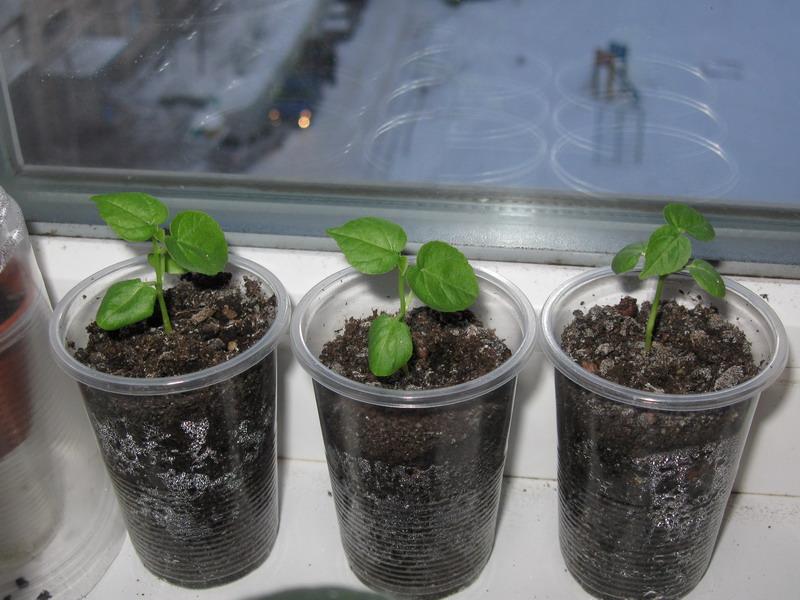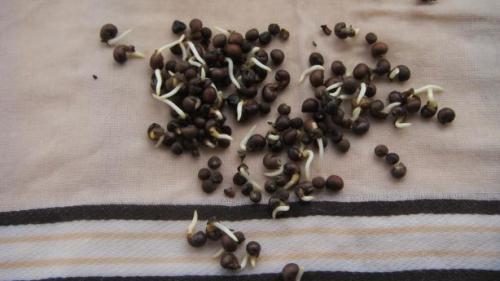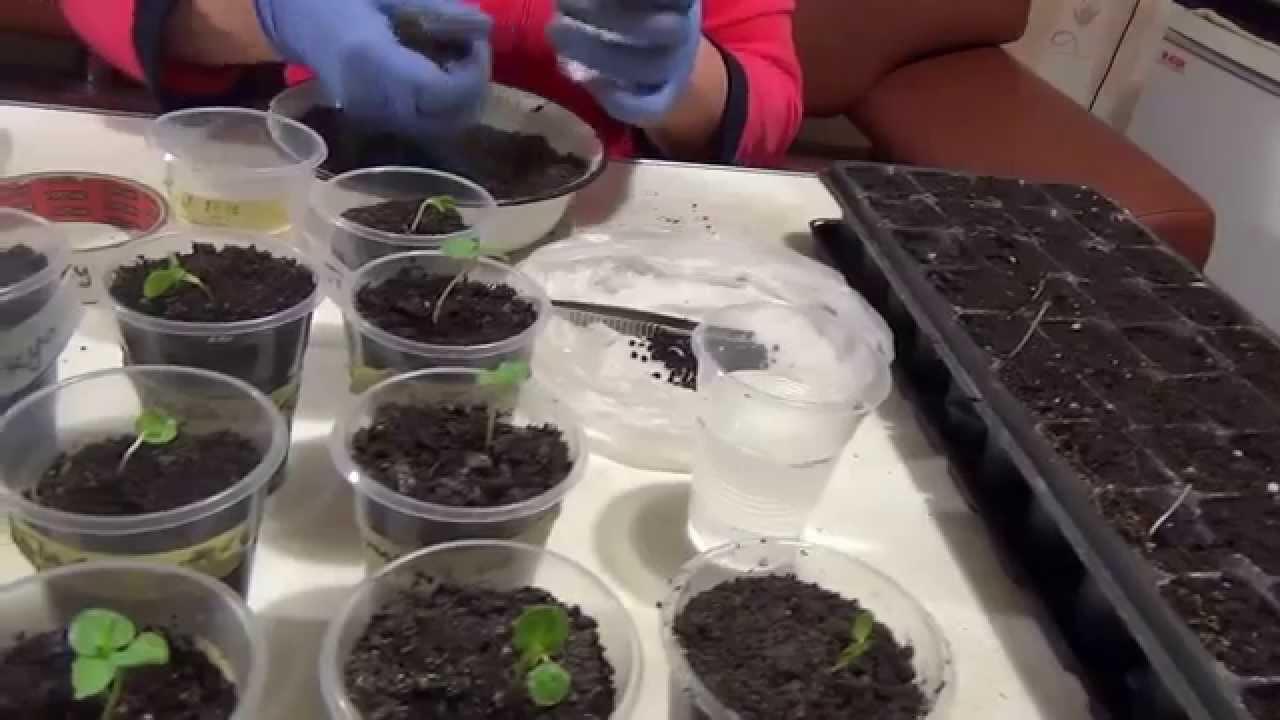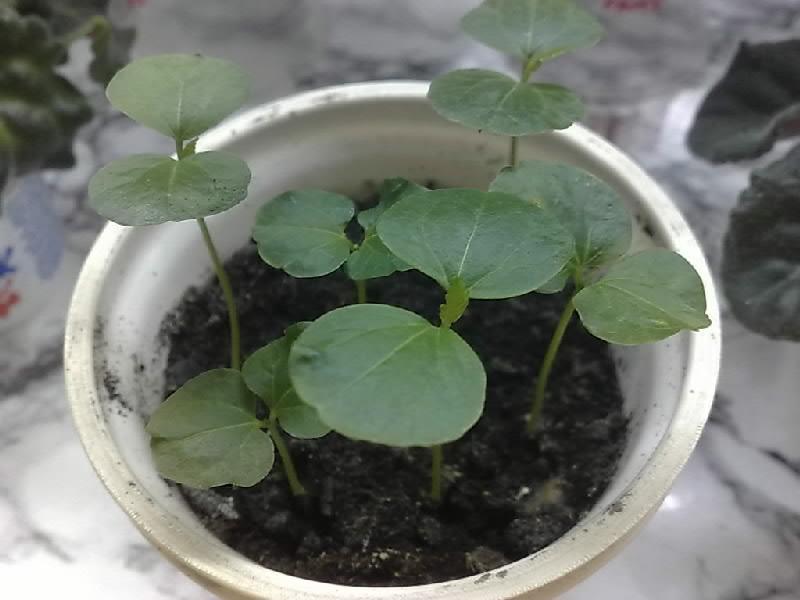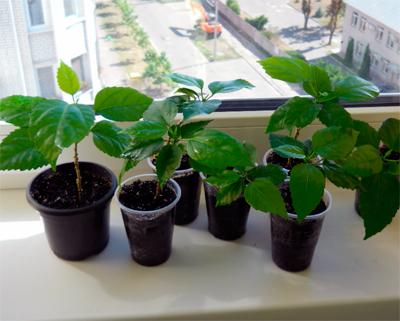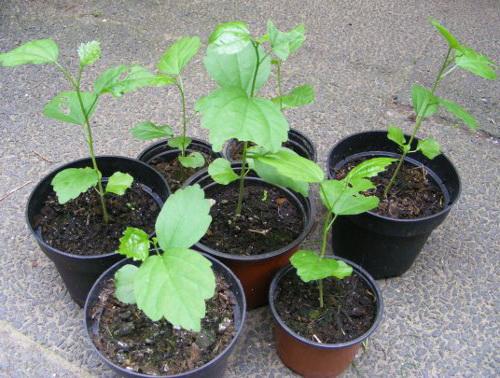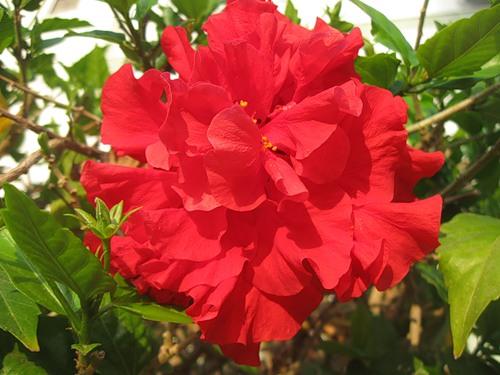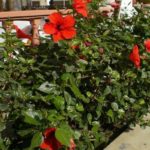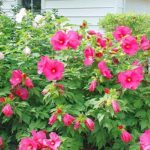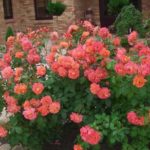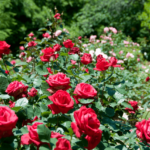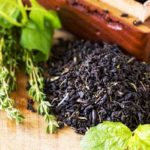Terry hibiscus is one of the popular representatives of the Malvaceae family. Depending on the variety, the plant is a shrub or tree. Herbaceous flowers are also found. Since hibiscus is a heat-loving plant, it is kept indoors. In summer, the flower is taken outside.
- Features of the terry variety
- Popular varieties
- White
- Red
- Pink
- Peach
- Yellow
- Reproduction methods
- Cutting method
- Seed method
- Dividing the bush
- Planting Basics
- Preparation of planting material
- Selection and preparation of a site
- Landing dates
- Landing technology
- Caring for exotic flowers
- Air temperature and humidity
- Lighting and watering
- Fertilizers and fertilizers
- Transfer
- Protection from diseases
- Pest Control
- Possible problems with plant propagation
Features of the terry variety
Terry hibiscus has another name - Chinese rose. The flowers of the plant stand out with an unusual shape. They consist of petals that are collected in rows. This is how a multilayer structure is created.
Double hibiscus flowers live only 1-2 days. Each dead flower is replaced by a new one. The Chinese rose blooms from spring to late autumn. Such abundant flowering is maintained by proper care of hibiscus.
Popular varieties
The lifespan of a flower is 19-23 years. Some specimens reach a height of 3 m. To date, about 300 varieties of hibiscus have been discovered.
White
The plant is a shrub whose stems are abundantly covered with leaves. The height of the hibiscus can be from 1 to 3 m. The width reaches 1.5 m. If the white hibiscus has been growing for quite some time, the height and width parameters are the same.
Red
It is considered the most common species and is most similar to the Chinese rose. The rich color of the green mass is incredibly combined with large red flowers. Thanks to the coloring it looks impressive.
Pink
The variety is a small tree that remains covered with greenery throughout. Double flowers of Chinese rose reach 16 cm in diameter. Suitable for forming winter gardens, but the most suitable conditions are indoors.
Peach
It is often confused with pink, as some shades are the same. The petals on the flower are very close to each other. Due to their large number, the flower seems truly double.
Yellow
It is considered a typical representative of double hibiscus varieties. The difference from an ordinary Chinese rose lies in the size of the flowers and, of course, color.The plant has an attractive decorative appearance, due to which it has gained great popularity.
Reproduction methods
Hibiscus, like other plants, reproduces. There are three ways:
- cuttings;
- seeds;
- dividing the bush.
Each has its own advantages and disadvantages. Each gardener chooses for himself which method suits him best.
Cutting method
Hibiscus propagation using this method can be carried out throughout the year. It is best for cuttings to root twice per season. The first suitable period begins in February and lasts until March. The second is in July-August.
Growing hibiscus from cuttings is one of the most common.
Seed method
It cannot boast of such a distribution, unlike the first method. But propagation by planting seeds is characterized by a high level of productivity. Seed material is purchased in specialized stores or collected independently from plants.
Dividing the bush
The latest method of propagating Chinese roses. Flower growers try to avoid this type of cultivation because it is complicated. Practically not used at home. Suitable for plants grown outdoors.
Planting Basics
To get a new tree that will delight you with abundant flowering in the near future, you need to learn the basics of planting. The florist must know how hibiscus is planted depending on the selected planting material. In addition, the preparation of planting material, choice of location, timing and other nuances are taken into account.
Preparation of planting material
If these are cuttings, after cutting the branches are placed in a container filled with water. Once the roots appear, they are planted in prepared soil.Complete rooting of the culture occurs after 4-5 weeks.
The preparation of seed material is different. First, it is soaked in a solution of potassium permanganate for the purpose of disinfection. After this, the seeds are washed with water.
Once they are dry, they are kept in a growth stimulator until sprouts appear. To do this, take a damp piece of gauze. Throughout the day, the fabric is opened to allow fresh air to flow to the seeds. Germinated seeds are planted in the ground.
Selection and preparation of a site
The Chinese rose prefers a bright place on the windowsill. But the plant does not tolerate direct sunlight. Shade is contraindicated for the Chinese rose.
Landing dates
The period for planting seeds is January-March. If the cutting method was chosen to propagate the Chinese rose, successful rooting occurs in July-August. It is permissible to root branches in the spring during routine pruning of the plant.
Landing technology
Planting seed material looks like this:
- The seeds are placed in a growth stimulator, leaving them overnight.
- In the morning, place on wet gauze and wrap.
- When the sprouts appear, the seeds are sown in a container filled with a peat-sand mixture.
- The top of the pots is covered with film or glass.
- With the formation of 2-3 leaves, each plant is transplanted into separate pots.
As a result of propagation of hibiscus by seeds, flowering occurs in the 2-3rd year after planting.
Technology for planting Chinese roses from cuttings:
- The twig is placed in water or directly in the soil.
- As a result of planting, two upper leaves should remain above the ground, which are covered with a jar.
- With the appearance of roots, the young plant is transplanted into a substrate consisting of a mixture of peat and moss.
Hibiscus grown from cuttings blooms the next season. When planting plants in a pot, avoid containers that are too spacious.Otherwise, the hibiscus will delight you with a large number of leaves, and not with abundant flowering. The bottom of the pot should be covered with drainage made from any available materials. Thanks to the bottom layer, water does not retain in the area of the root system, and it is protected from rotting.
Caring for exotic flowers
After successfully planting hibiscus and receiving roots, gardeners will face the second stage - caring for the plant. It includes many factors that involve more than just watering and fertilizers. The growth, development, flowering and life expectancy of the Chinese rose depend on the quality of care provided.
Air temperature and humidity
In summer, at an ambient temperature of 20-22 degrees, the culture feels great. In winter, the figure drops to 14-16 degrees. It is possible to keep hibiscus at room temperature in winter.
Chinese rose loves high humidity. In rooms with dry air, the spraying procedure helps. The optimal humidity level ranges from 65-80%.
Lighting and watering
Hibiscus needs natural light most during the flowering period. Direct sunlight on the leaves is contraindicated, as they dry out after contact with the sun. Water the plant as the earthen clod dries out. For irrigation, use soft and settled water.
Fertilizers and fertilizers
Hibiscus, like other plants, needs feeding. It is important not to overdo it in this matter. In spring, Chinese roses are fertilized with a mixture of potassium and phosphorus.
Subsequent feeding procedures take place in the summer at the time of active flower growth.
A plant with double flowers does not tolerate fertilizers that contain nitrogen.Experienced gardeners advise watering hibiscus with warm water and sugar.
Transfer
If the plant is young, it is replanted annually. The mixture is prepared from garden soil, peat and sand. An adult plant prefers heavy soils. Hibiscus that has reached the age of three needs a rare transplant.
Protection from diseases
Most often, Chinese rose lovers notice yellowing of the leaves. The reason for the change in leaf color is a disease such as chlorosis. It develops as a result of frequent watering with water that contains large amounts of chlorine and calcium. A small trick that consists in settling the water will help to avoid the development of the disease.
Pest Control
Among parasitic insects, the greatest danger to plants is the spider mite or scale insect. Getting rid of pests is very easy. To begin with, use something as simple as a soap solution. It is prepared at home. After this, spraying with a liquid based on Actellik is carried out.
Possible problems with plant propagation
When growing hibiscus at home, a person faces the following problems:
- The appearance of new leaves in yellow color or the falling of the lower ones. This may be due to a lack of elements such as nitrogen or iron in the soil. Dry air, low temperatures and watering with cold water contribute to this phenomenon.
- The buds that appear do not open and fall off. The plant needs abundant watering. There are not enough nutrients in the soil.
- Lush crown without flowers. The plant does not have enough light, the room temperature is high. The plant does not bloom due to the large amount of fertilizer applied.
- Lethargy of green mass. It results from insufficient watering.
- The appearance of pink spots on the leaves. Excessive amount of fertilizer applied.
- Drying of the root system. Low ground temperature.
At first glance, it seems that the flower is too demanding and needs increased care, but this is not so. In order for a flower to please the eye, a person is required to regularly follow the rules of care. Over time, the gardener will learn to distinguish what the plant needs and what care it needs.

